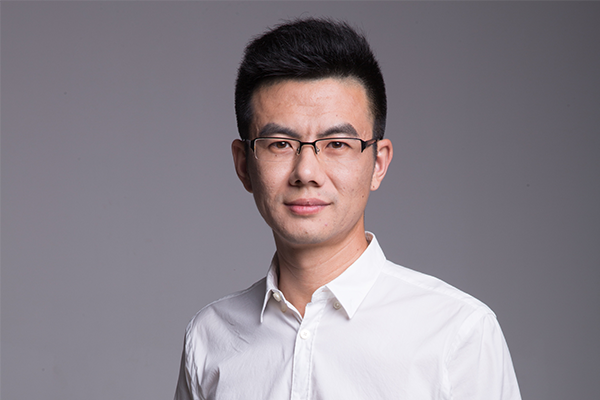

 Focus on Mexico: Stand 2012, Redefining Home Health Management.
Focus on Mexico: Stand 2012, Redefining Home Health Management.
 AOJ Medical Makes an Appearance at MEDICA 2025 with Innovative Products
AOJ Medical Makes an Appearance at MEDICA 2025 with Innovative Products
 Aogee Medical Shines at 2025 Shanghai Maternal & Infant Expo, Smart Healthcare Products Draw Attention
Aogee Medical Shines at 2025 Shanghai Maternal & Infant Expo, Smart Healthcare Products Draw Attention
 Igniting Tech Evolution - HKTDC Spring Electronics Fair 2025 Shapes Global Innovation Landscape
Igniting Tech Evolution - HKTDC Spring Electronics Fair 2025 Shapes Global Innovation Landscape